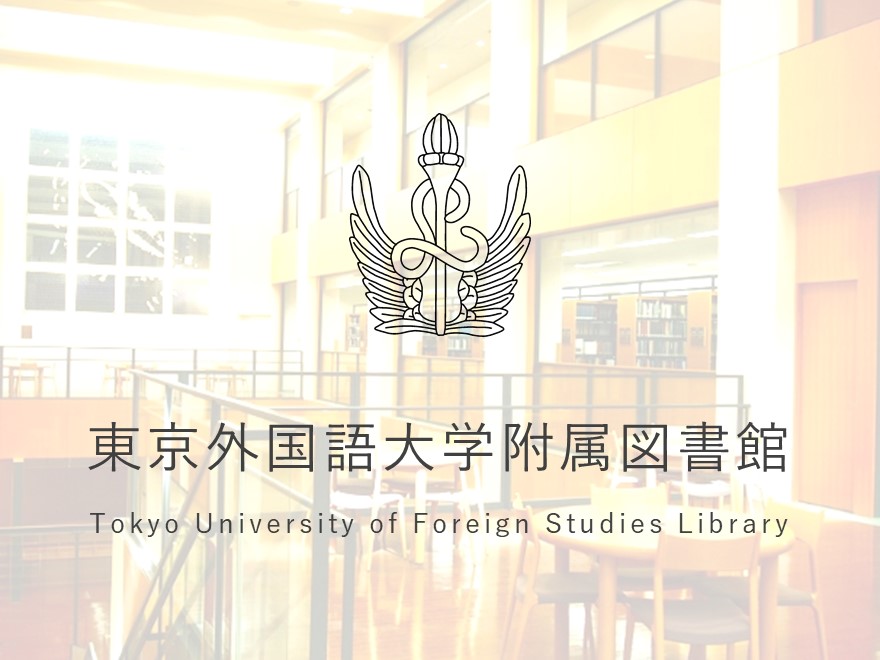Today, libraries have copying machines installed to allow users to make copies of materials on their premises.
When making copies of materials in the TUFS Library, users must pay close attention to the Copyright Law.
Rights to the products of human intellectual creative activities are called “intellectual property rights.”
Copyrights are included among intellectual property rights. When one expresses one’s thoughts and feelings in the form of novels, paintings, theses, scripts, sculptures, etc., one is automatically endowed with the copyright to that work.
It can be said that not only renowned writers but also all other people, from children drawing a picture in a kindergarten to students and teachers who may write a dissertation or give a lecture, have the potential to acquire copyrights.
Copyright is divided into two rights:
(1) the right to protect the pride of the creator of the work to which the copyright is endowed, and
(2) the right to protect pecuniary gains obtained from the copyright.
The first right, for example, aims to prevent one’s work from being reworked and published without permission.
The aim of the second right is to prevent gains that could be obtained from one’s work from being stolen by others.
Restrictions on copying materials in the Library are intended to protect the second right.
In order to strictly protect gains the copyright holder ought to obtain, the Copyright Law places rigorous restrictions on the use or quotation of works by others.
If the use of works by others is restricted in all cases, however, critics who inevitably quote works by others could not work, and cultural development that could be encouraged by the use of published works would be hindered.
The Copyright Law, therefore, limits copyright to a certain extent to allow people to use the works of others without their permission.
Allowing users to copy materials in the Library is based on the Copyright Law.
But since copyright basically has to be protected, certain restrictions are imposed on the copying of materials.
The provisions of the Copyright Law, the Copyright Law Enforcement Ordinance, and the Copyright Law Enforcement Regulations as they relate to copying can be summarized as follows:
- The purpose of copying shall strictly be limited to the user’s personal research and studies.
Users are not allowed to make copies of materials in order to sell them. - Copying machines in the Library can only be used to copy materials owned by the Library.
Users are not allowed to copy resumes or other documents they prepare for classes. - Users are allowed to copy only part of the materials. Copying a book in its entirety is prohibited.
“Part of the materials” is usually interpreted as meaning “one half or less.” - Users are allowed to make only one copy of materials.
For example, making two or more copies of part of the materials to make presentations in a class is not permitted.
Even if a person’s future work does not include writing articles, that person would be bound by copyright throughout life, one example being when a person writes a report after entering a company.
One should pay attention to copyright at all times.

